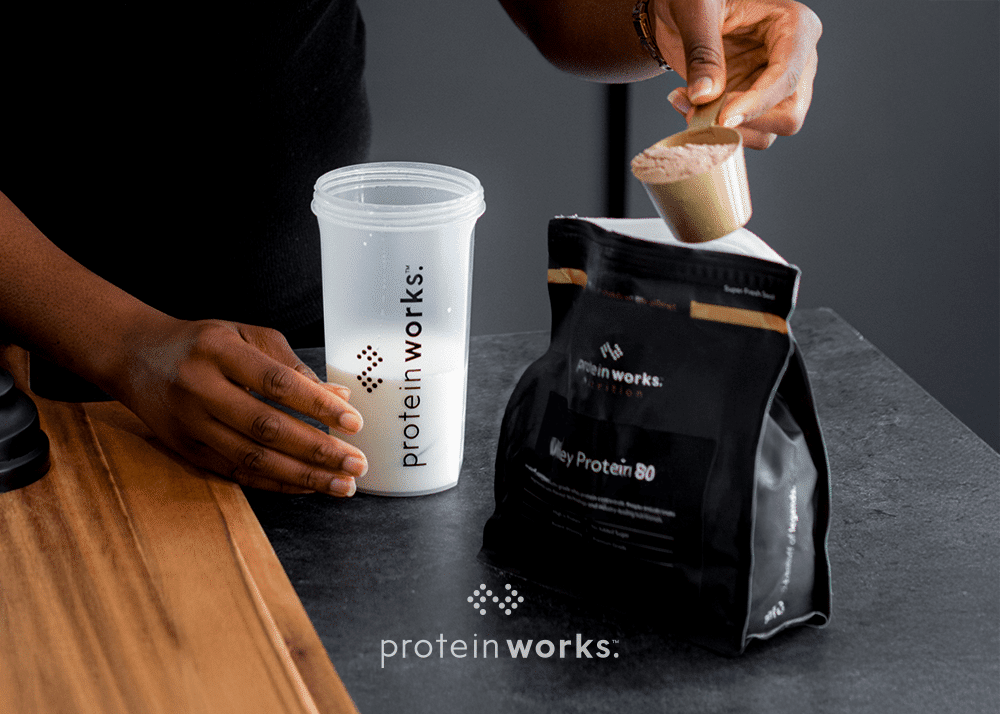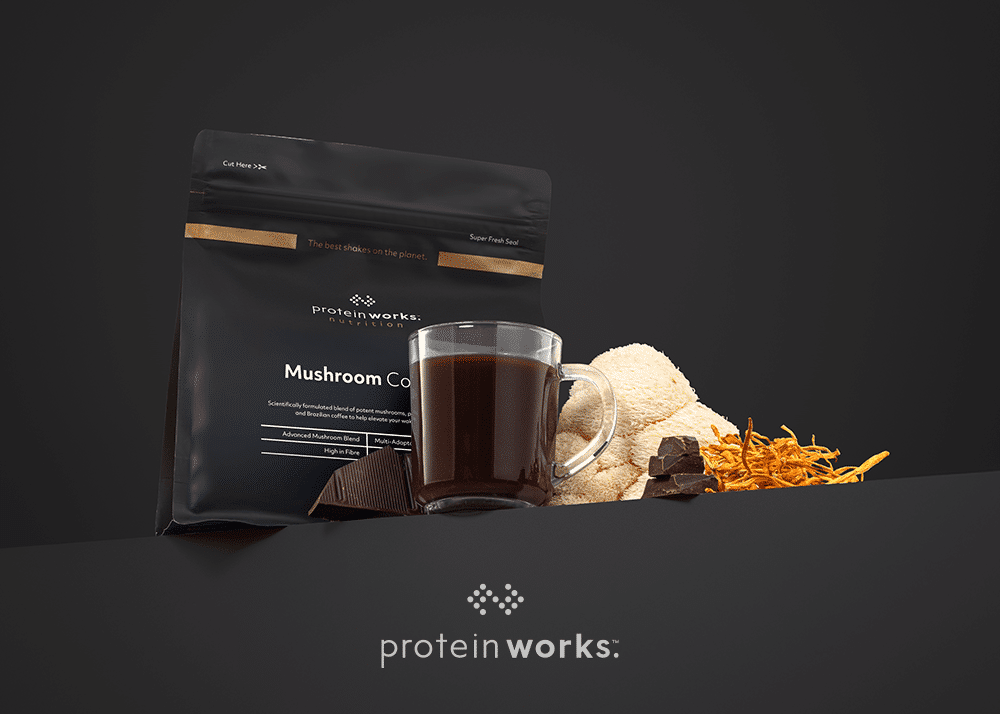
Using The Right Rep Range For Your Goal
Today we’re going to be shedding some light on those elusive rep ranges and we’ll see if your workout is in the right rep range for your goal. Rep ranges are the back bone of our workouts, if we use the wrong rep range with the wrong rest or amount of sets we essentially make it harder for our efforts to pay off. So firstly I’ll breakdown the four different rep ranges and then look at each more closely.
Strength Training
For strength training we should be working with a maximum of 6 reps with 2 to 6 sets and we would be using 85% or more of our one rep maximum (1RM) (1, 5, 6).
Power training
For power there is some variation dependant on the aim of the session and the load we are using. If we are using 80-90% of our 1RM we would do 1-2 reps, however, if we’re using 75-85% of our 1RM we would do 3-5 reps. In both instances we would do 3-5 sets (1, 5, 6).
Hypertrophy
Hypertrophy is probably what most of us are working toward, we want to be bigger right? So for this we would be doing 3-6 sets with 6-12 reps and using a load of 67-85% of our 1RM (1, 2, 3 ,4, 6).
Muscular endurance
Muscular endurance, the one thing I don’t see a lot of people doing. For this, we are doing 2-3 sets with 12 or more reps with a load of 67% or less of our 1RM (1).
As you can see from the chart, there is a certain overlap between all different rep ranges. So although we may do muscular endurance training there is still scope for growth (hypertrophy), the same can be said for strength training if we do 6 reps per set. This is very interesting as we can seamlessly move our training goal, for instance if we start training for hypertrophy, we can start with higher reps and sets and slowly move down while increasing the weight and eventually be training for strength, from there we could start over again. The importance of the correct load must not be overlooked, if you train for strength but don’t use the correct weight then again you are negating your efforts.
It is quite easy to set up a workout using these ranges though, you want to grow so work in the hypertrophy range and given time you will grow. Now eventually you will plateau and at that point you should look to either change the weight used or move onto training strength and then returning to hypertrophy, however, I will be writing a much more substantial article regarding this in a few weeks.
Now I can imagine a few of you wanting to hit the gym now with a new rep range but let me stop you there. Rep ranges can be largely impacted by the rest period we take between each set, if we rest for too little or long we can skew what goal we are working towards, below is a handy chart from the NSCA (National Strength and Conditioning Association) looking at the rest periods for each.
Rest periods for growth or endurance are relatively short. This is why I personally train alone unless I am strength training, as the majority of times training anything else in a group means you are waiting around too long before your next set and negating your hard work. The same can be said about a variety of other things you see going on in the gym but I digress.
A final word
So, hopefully this has helped you understand the amount of reps, sets and rest for your desired goal. Once you start training toward hypertrophy, power, strength or muscular endurance, remember you still need to adjust your load as you progress or better still train hypertrophy for a while then more to strength then to power and cycle it around.
Reference:
1. Haff, G. G., & Triplett, N. T. (Eds.). (2015). Essentials of Strength Training and Conditioning 4th Edition. Human kinetics.
2. Kerksick, CM, Wilborn, CD, Campbell, BI, Roberts, MD, Rasmussen, CJ, Greenwood, M, and Kreider, RB. Early-phase adaptations to a split-body, linear periodization resistance training program in college-aged and middle-aged men. J Strength Cond Res 23: 962-971, 2009
3. Kraemer, WJ, Adams, K, Cafarelli, E, Dudley, GA, Dooly, C, Feigenbaum, MS, Fleck, SJ, Franklin, B, Fry, AC, Hoffman, JR, Newton, RU, Potteiger, J, Stone, MH, Ratamess, NA, Triplett-McBride, T, and American College of Sports Medicine. American College of Sports Medicine position stand. Progression models in resistance training for healthy adults. Med Sci Sport Exerc 34: 364-380, 2002
4. Schoenfeld, B. J. (2010). The mechanisms of muscle hypertrophy and their application to resistance training. The Journal of Strength & Conditioning Research, 24(10), 2857-2872.
5. Winwood, P. W., Keogh, J. W., & Harris, N. K. (2011). The strength and conditioning practices of strongman competitors. The Journal of Strength & Conditioning Research, 25(11), 3118-3128.
6. Zatsiorsky, VM. Science and Practice of Strength Training. Champaign, IL: Human Kinetics, 1995







No Comments yet!